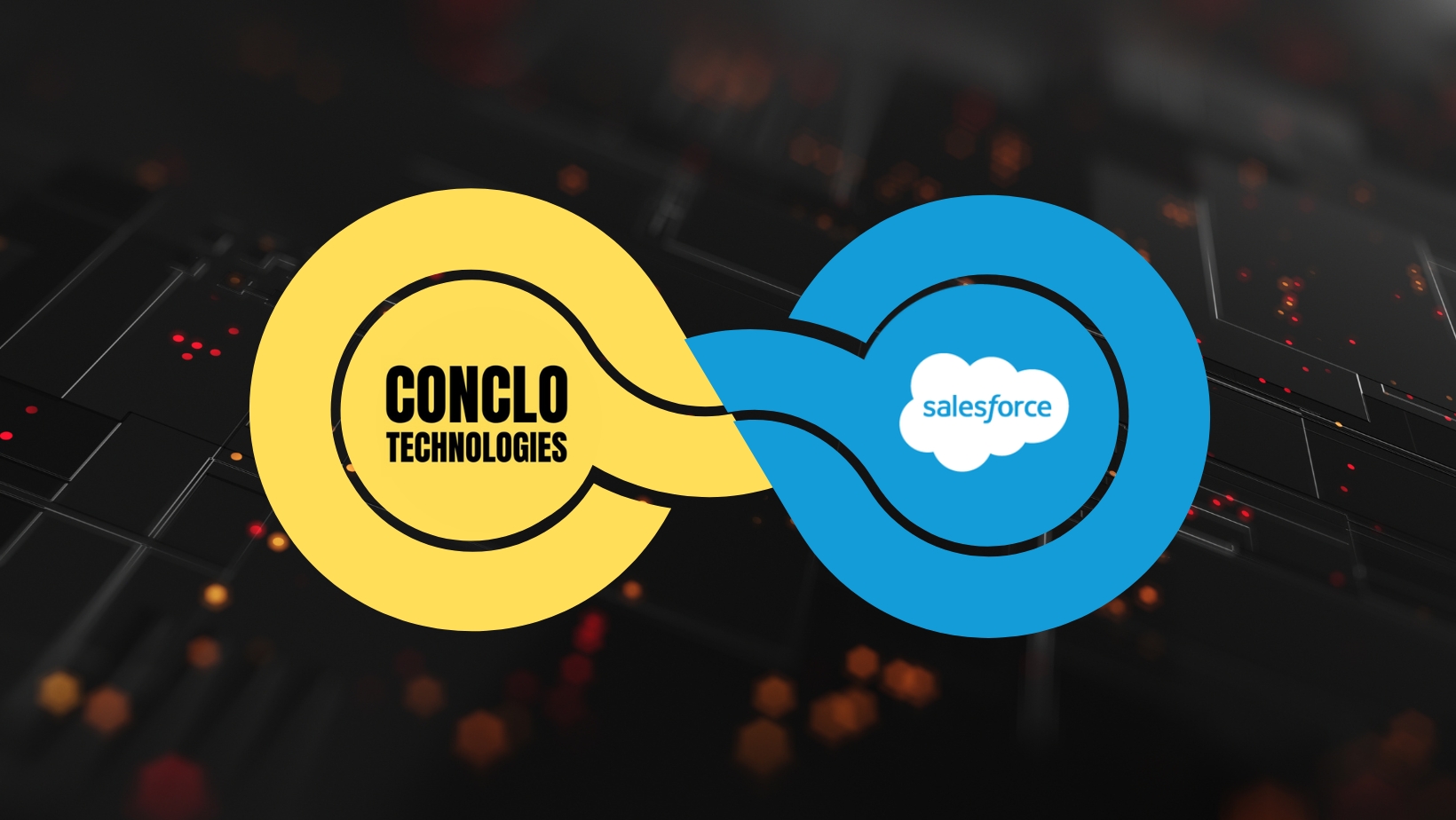In the fast-paced realm of business technology, the demand for streamlined and efficient solutions has never been more critical. Companies adopting Salesforce for their CRM needs often find themselves grappling with the challenges of time-consuming implementations, unexpected costs, and the complexities of customization.
The Asset-Based Solution Model is the game-changer, a transformative approach that promises to revolutionize the landscape of Salesforce implementation.
Picture this: you’ve decided to harness the power of Salesforce to elevate your customer relationship management game. The excitement is palpable, but so is the apprehension. Traditional implementation processes can be cumbersome, with a plethora of customizations, trial-and-error approaches, and the forthcoming risk of project delays. It’s in this scenario that the Asset-Based Solution Model emerges as a sign of efficiency, offering a structured and proven path to a successful Salesforce implementation.
We can hear you “So, what exactly is an Asset-Based Solution Model?” At its core, it’s a methodology that leverages pre-built assets, templates, and best practices to expedite the implementation process. Think of it as having a toolkit that’s not just comprehensive but also finely tuned, allowing you to navigate the intricacies of Salesforce with precision and ease.
- One of the primary advantages of this model lies in its ability to accelerate the implementation timeline. Time is money, and in the world of business, delays can have a cascading impact. With an Asset-Based Solution Model, the days of protracted implementations are over. The pre-tested assets ensure a smoother journey, reducing the time it takes to go from planning to execution.
- Cost efficiency is another compelling argument in favour of this model. Traditional implementations often come with unforeseen costs, be it in the form of extended project timelines, custom development expenses, or post-implementation troubleshooting. The asset-based approach minimizes these risks by offering a standardized and proven set of solutions. This not only translates to lower development costs but also provides a level of predictability that is what a budget-conscious decision-makers want to hear.
- Reducing implementation risks is a goal that every company aspires to achieve. The inherent nature of traditional customization-heavy approaches opens the door to unforeseen challenges and setbacks. The Asset-Based Solution Model, however, is designed to mitigate these risks. With assets that are pre-tested and refined based on industry best practices, the chances of encountering unexpected roadblocks diminish significantly.
- Scalability and flexibility are often advertised as key benefits of the asset-based approach. In a dynamic business environment, the ability to scale operations and customize solutions to meet specific requirements is paramount. The modular nature of the assets accommodates this need seamlessly. Whether your business experiences exponential growth or requires tailored functionalities, the asset-based model provides the flexibility to adapt without compromising on efficiency.
- Knowledge transfer and training are perennial challenges in the implementation of new technologies. Employees need to quickly get up to speed on the new systems to ensure a smooth transition. The asset-based approach simplifies this process. With a structured model and pre-built assets, the learning curve is less steep, facilitating a more straightforward knowledge transfer. This not only saves time but also ensures that your team is equipped to make the most of the Salesforce platform from day one.
- Rapid return on investment (ROI) is the prime reason for businesses adopting new technologies. Traditional implementations often stretch timelines, delaying the realization of benefits. The Asset-Based Solution Model, with its emphasis on efficiency, delivers a faster ROI. By streamlining the implementation process and minimizing costs, businesses can start reaping the rewards of their Salesforce investment sooner, giving them a competitive edge in their respective markets.
- Continuous improvement is the beating heart of the asset-based approach. In a landscape where technology evolves at breakneck speed, having a solution that grows with the times is invaluable. The model allows for regular refinements and updates to the assets based on industry standards and user feedback. This commitment to staying current ensures that your Salesforce solution is not just a one-time fix but an ever-evolving tool that adapts to the shifting tides of technology.
In conclusion, the Asset-Based Solution Model is not just a buzzword; it’s a paradigm shift in the world of Salesforce implementation. It’s a strategic investment in efficiency, cost-effectiveness, and future-proofing your CRM infrastructure. As businesses strive to stay agile and innovative, adopting a model that aligns with these aspirations becomes not just a choice but a necessity. The Asset-Based Solution Model is not merely a tool; it’s a catalyst for change, empowering businesses to navigate the Salesforce landscape with confidence and efficiency.
“Unlock the Future of Effortless Innovation! Connect with us today to discover the game-changing power of our Asset-Based Solution Model for a seamless Salesforce experience.”



